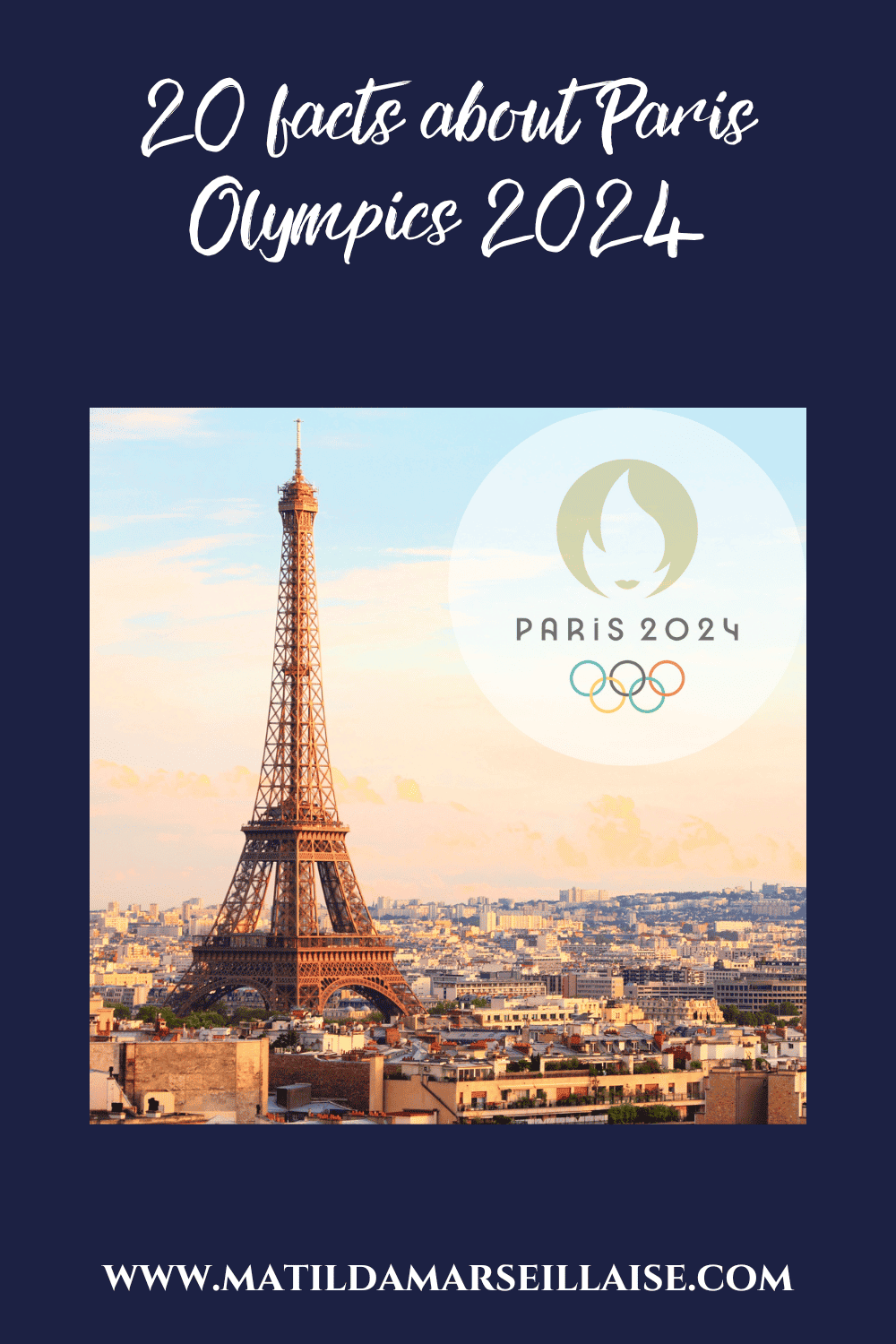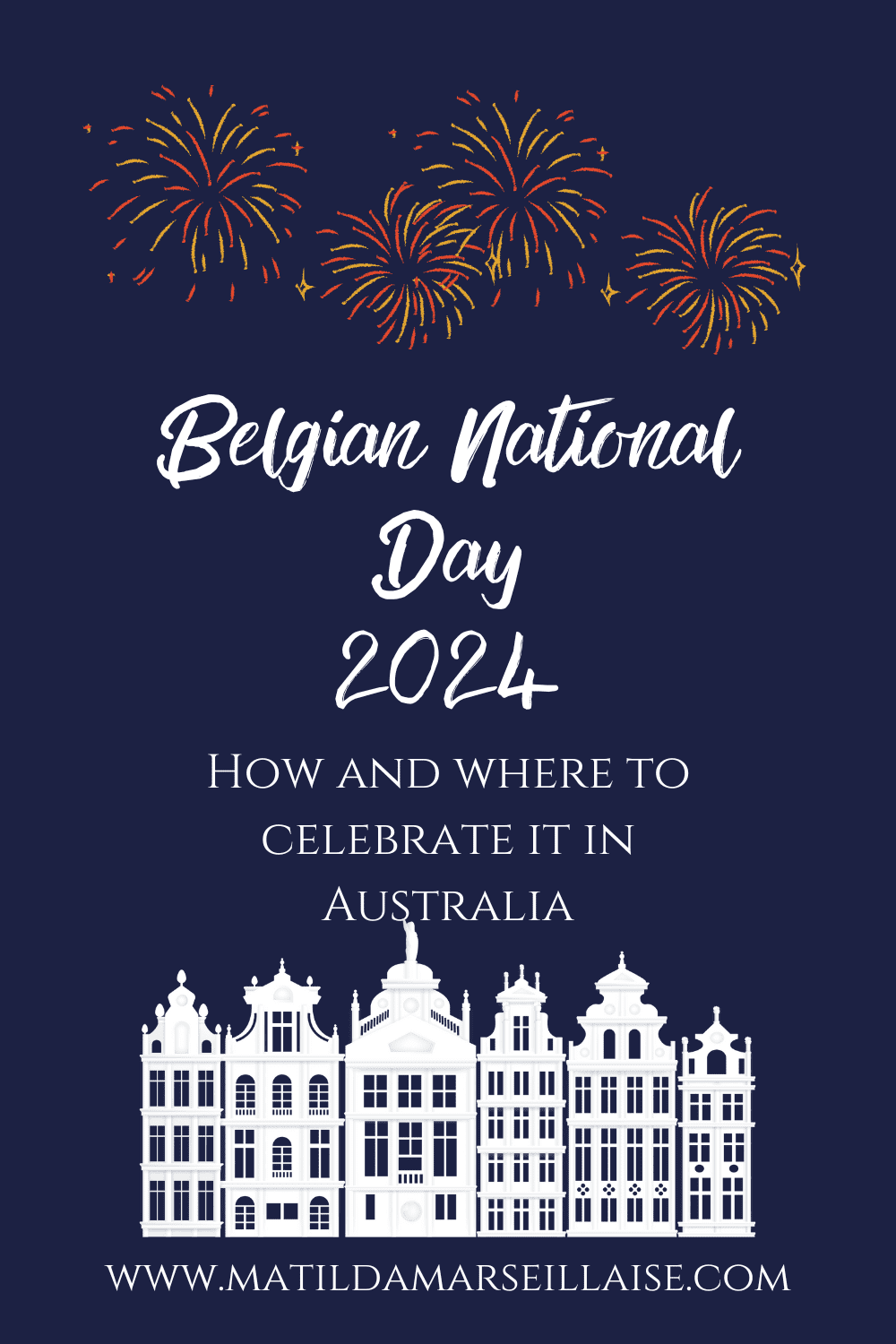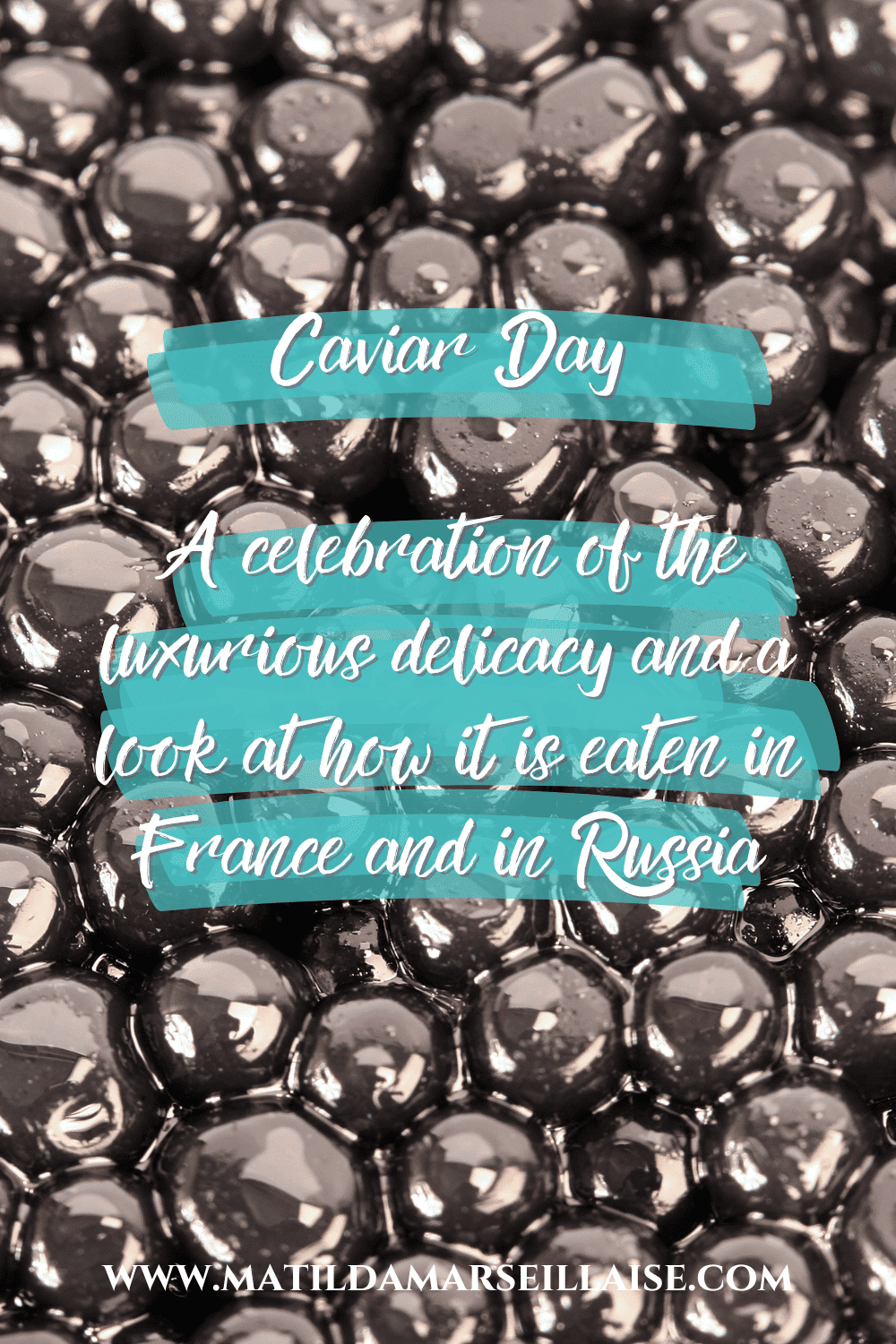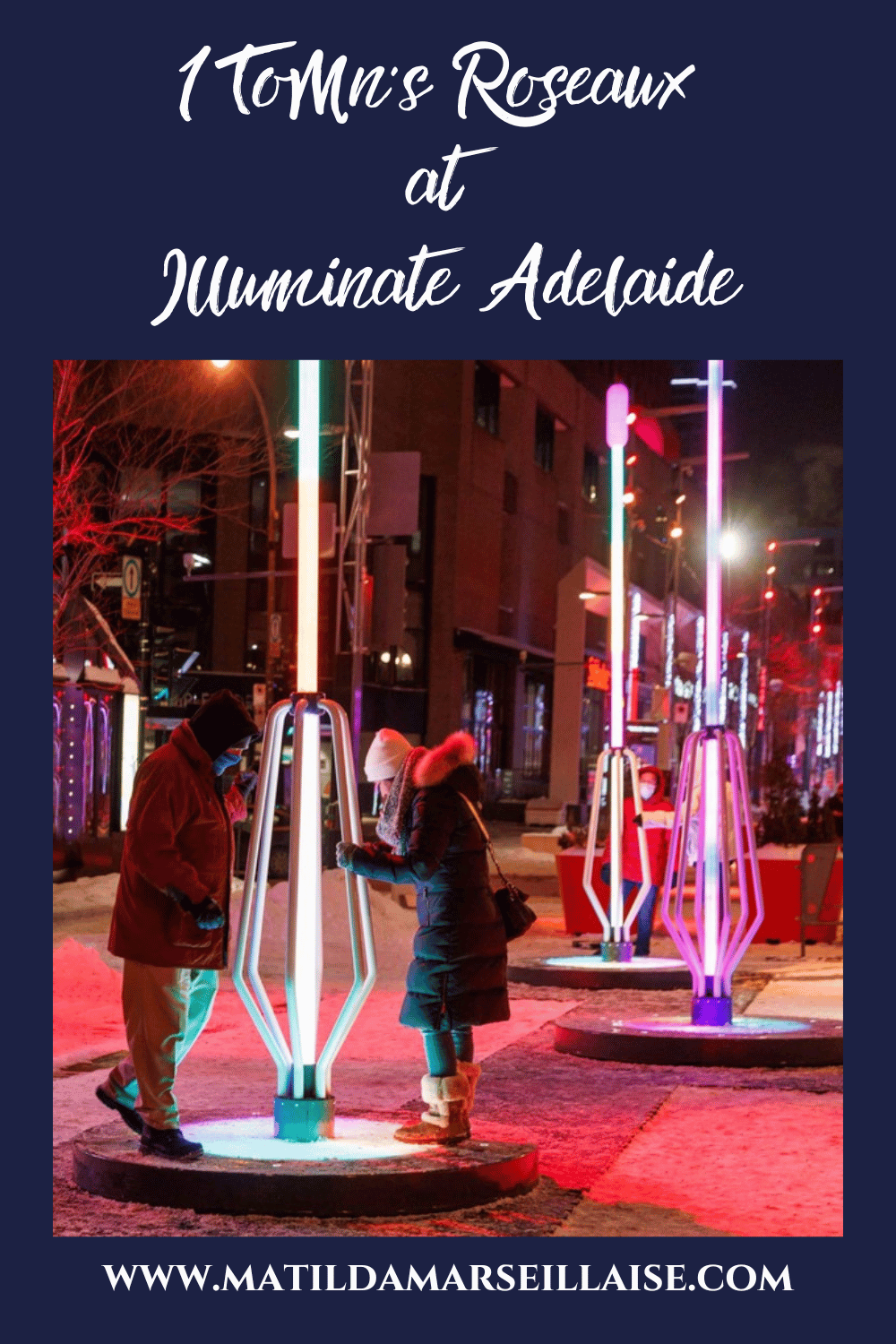Pianist, Sonya Lifschitz, and composer Robert Davidson bring So Much Myself: Piano Portraits to Adelaide Festival this March. The performance tells stories of discovery through the recorded words of some of our greatest creators and voices, including figures as diverse as Marie Curie, Frida Kahlo, Dame Nellie Melba, Patti Smith, Malouma, Ethel Smyth and Nina Simone. We had a chat to Sonya Lifschitz about the show. Read our interview with her below.

Sonya, you’re coming to Adelaide Festival to perform in the show So Much Myself: Piano Portraits. Tell us a little about the show.
This show follows on the heels of ‘Stalin’s Piano’, my first major collaboration with composer Robert Davidson which interwove stories of iconic 20th and 21st century artists and politicians into a musical tapestry of history. Like ‘Stalin’s Piano’, So Much Myself: Piano Portraits weaves together virtuoso piano writing, archival footage, recorded speech, and my own spoken voice to tell stories of extraordinary lives and of people bringing their fullest selves to the challenges of convention, danger, inertia, and prejudice. It is essentially a five-part musical portrait gallery assembling these ‘portraits’ into a complex, interconnecting weave of stories celebrating discovery and courage. And just like in a portrait gallery history is told through faces painted and framed, in So Much Myself a millennium of stories unfolds through voices recorded and framed by piano compositions.
The show is described as bringing together “stories of discovery through the recorded words of some of our greatest creators and voices, including figures as diverse as Marie Curie, Frida Kahlo, Dame Nellie Melba, Patti Smith, Malouma, Ethel Smyth and Nina Simone.” What was the inspiration for the show?
Robert and I had a wonderful time collaborating on ‘Stalin’s Piano’ – working with a living composer and being involved in the creation of new work as a performer is a profound privilege that I value greatly. We both felt there were many more stories to tell than we could fit into one show and so we decided to create a sequel of sorts, featuring iconic female figures from science, arts and public life who have been influential in our own lives as well as in our society more broadly. We wanted to showcase the extraordinary women who have challenged stereotypes and the status quo, had stood up to the prejudices of convention, and had contributed to a more just and humane world.
I see that you are also performing a show called Creative Women at Melbourne Recital in March. It seems similar to the description of So Much Myself but with a few different famous figures being named. Is the show the same premise but with different women?
This is actually the same show. It was initially called Creative Women, a kind of working title which neither Robert nor I were fully happy with. Eventually we re-named it So Much Myself: Piano Portraits, taking inspiration from Nina Simone’s interview where we hear her saying “what I hope to do all the time is to be so completely myself…to be so much myself that the audience is confronted with what I am, inside and out, as honest as I can be. And this way they have to see things about themselves, immediately.” As Melbourne Recital committed to the presentation of this work under its original title we decided to keep it for the Melbourne performance.
The show is also personal for you as you will add your own voice recounting the story of your grandmother and great-aunt escaping Kyiv while Nazi bombs fell. How does it feel to be sharing their stories?
This show is very personal for me on many levels, but especially in bringing the stories of my Ukrainian grandmother and great-aunt to life. In fact, it is them who tell the story in their own voices, in an interview I recorded several years ago in Melbourne (they both live in Melbourne now after immigrating from Ukraine many years ago). It was so moving hearing my grandmother recount stories of her childhood, including fleeing Kyiv in 1941 with her mother and her little sister, and to learn more about my family, some of whom perished in WWII. I couldn’t help thinking that the stories they describe could just as much reflect the events happening in Ukraine right now, people fleeing their homes, families being displaced and separated, and many perishing in the war. As a Ukrainian, the sadness I feel about what’s happening in my birth country today is indescribable, and this show offers me a possibility to express and channel those feelings through music. Indeed, expression and healing through music is a thread that runs through this show and through many of the voices in it, including that of a much beloved Indigenous artist Auntie Dalmae Barton.

The music that you will play on stage was composed by Robert Davidson. Did you work on the creation of the compositions with him? How would you describe the compositions Davidson has composed for the show?
Robert and I worked very closely together on the conceptual aspects of the work – we made endless lists of the possible protagonists to include in the show – on the format and structure that would best serve the work, and on the performative and theatrical aspects of the show. However, the compositional process itself I leave to Robert – he’s the musical mastermind behind the show. He is the wizard of what he calls ‘speech melody’ or ‘voice portraiture’, an approach to composition where the contour, rhythm and intonation of the speech becomes the basis of musical composition. He is completely brilliant at that and has an extraordinary ability to bring those characters to life through music, intensifying and amplifying the emotional charge and meaning of what is being said. I do make suggestions once each composition is completed if there is anything to make it more ‘pianistic’, to make it fit better under the hands, but otherwise, there is a deep artistic trust between us.
When did you first start playing the piano and what led you decide to pursue a career in it?
I began learning piano when I was five. Both my parents are musicians, pianists, so piano was in my life from a very early age. My dad wanted me to be a professional musician and encouraged that from the very beginning (sometimes despite me kicking and screaming and preferring to go ice skating with friends on the frozen lake behind our apartment in Kyiv instead of practicing😊). I think a career in music was something that unfolded quite organically, not so much through conscious choice but through never considering other options – music always felt integral to my identity and my life has been wrapped around it for as long as I can remember. When you train intensively at something from a young age, it almost becomes a trajectory that you can’t help but follow, the lure of mastering a craft and sharing your love of it with others is very powerful.
What do you love about piano?
The piano is an orchestra that can be played with only 10 fingers! It is capable of every colour, every nuance, every subtlety of expression. It’s both rich and sonorous, lush and sumptuous, and completely intimate. And it can never be fully mastered. So you keep growing with it, keep discovering, keep reaching for new horizons of expressive possibility that are always beckoning. I also thing we are so lucky as pianists because the great repertoire written for this instrument is enough to fill many lifetimes, let alone one!
You’re not just a performer but also a teacher. You’re a lecturer at UNSW. Does teaching offer you something that performing doesn’t?
Absolutely. Teaching offers a way into younger people’s minds and imaginations and the ability to see the world through their eyes. It also offers the privilege of distilling and using your own experience to help these emerging musicians find their own voice, shape their own artistic path, and contribute to our evolving cultural ecosystem. To me it feels a great fortune to be able to foster a generation of musicians who will make a contribution into what art music will look and sound like in five, ten, fifteen years. Teaching is also a great mirror into yourself, it always asks of you to examine your beliefs, ideas, and approaches to performance, art, and life.
Apart from Marie Curie, are there any other French women featuring in the show?

We have a French-speaking Mauritanian singer-songwriter/ politician/ activist Malouma also feature in the show, with a very beautiful speech about weaving music and politics as an instrument for change.
Why should people come see So Much Myself at Adelaide Festival or Creative Women in Melbourne?
It is a show that will speak to people from many different walks of life, people interested in art, in music, in history, in politics, in science, and in the way these fields of human endeavour overlap and coalesce to shape our world and society. It connects us in intimate ways to the iconic figures of the past, through their own words made musical. It also speaks deeply to issues that are urgent today – climate emergency, gender equality, war, and also the need for beauty, refuge and art to heal and to build a more sustainable, just world. Creative Women/So Much Myself takes piano recital into the world of theatre, using multimedia and spoken word to invite the audience on this ride through a millennium of history.
—
We thank Sonya Lifschitz for this interview.
KEY INFO FOR SO MUCH MYSELF: PIANO PORTRAITS (ADELAIDE)
WHAT: So Much Myself: Piano Portraits
WHERE: Adelaide Town Hall, ADELAIDE
WHEN: Friday 17 March, 7:30pm
HOW: Purchase your tickets via this link: https://www.adelaidefestival.com.au/events/so-much-myself-piano-portraits
HOW MUCH: Ticket prices are as follows (exclusive of transaction fee):
- Adult: Premium $69, A Reserve $59, B Reserve $49
- Festival Friends: Premium $59, A Reserve $50, B Reserve $42
- Concession (Pensioner, Health Care Card holder, MEAA member): A Reserve $47, B Reserve $49
- Under 30 years old (ID required): A Reserve $30, B Reserve $25
- Full time student (ID required): A Reserve $25, B Reserve $20
KEY INFO FOR CREATIVE WOMEN (MELBOURNE)
WHAT: Creative Women
WHERE: Elisabeth Murdoch Hall, Melbourne Recital Centre
WHEN : Wednesday 8 March, 7:30pm
HOW: Buy your tickets via this link: https://www.melbournerecital.com.au/events/2023/sonya-lifschitz-creative-women/
HOW MUCH: Tickets cost $55 or $45 if you have a concession card.
—
More Adelaide Festival content
We also had a chat to Cedric Tiberghien who is coming to Adelaide Festival. You can read our interview with him here
Adelaide Fringe
Read our article about Adelaide Fringe 2023: 23 shows with French and francophone links to see
Looking for things to do?
For events with French and francophone links happening this month, check out our What’s on in February





